I posted this originally under a code question, but wanted to re-open the thread because we now have verified that mold has been introduced into our house via new lumber, and that fiberglass insulation has been stuffed into 2 heating ducts and is circulating around the house. If anyone has any knowledge or experience with situations such as this, we'd appreciate input.
Original post:
I know code is different from state to state, but does anyone know whether most codes address incorporating structural members that were originally on the outside of a structure, into the interior of a structure?
We had a covered (but otherwise open)porch across the front of a section of our house that we decided to enclose. The framer did not replace the header when he created the new wall, and the header is visibly moldy. Given that the header, although covered, was exposed to the elements for 30 years, we were wondering if there are requirements to inspect and discard materials that are in bad shape when enclosing an area that was previously exterior.
If this is confusing, I can add pictures.
Thanks!
Follow-Up Postings:
RE: Code question regarding enclosing an exterior porch
clip this post email this post what is this?
see most clipped and recent clippings
Posted by billl (My Page) on Fri, Jan 6, 12 at 8:53
There is nothing in any code book that will say you need to replace old lumber just because it is old. Anything in "bad shape" needs to be replaced. A little surface mold doesn't mean that framing is in bad shape though. Get a ladder and scrape a little bit of that "mold" off. If you have solid wood behind it, you're fine. If you have a mushy mess, you have rot and it should be replaced.
RE: Code question regarding enclosing an exterior porch
clip this post email this post what is this?
see most clipped and recent clippings
Posted by elizawhyza (My Page) on Fri, Jan 6, 12 at 10:25
Thanks, that makes a lot of sense.
What about new wood supplied by the contractor? Does code address quality of materials?
RE: Code question regarding enclosing an exterior porch
clip this post email this post what is this?
see most clipped and recent clippings
Posted by billl (My Page) on Fri, Jan 6, 12 at 10:57
Yes. Wood is graded. Depending on the type of tree it came from and the grade of the wood, it is rated to withstand certain weight loads.
Hopefully, you have this renovation permitted and will be having inspections. The framing inspector will verify that the construction meets code.
RE: Code question regarding enclosing an exterior porch
clip this post email this post what is this?
see most clipped and recent clippings
Posted by Renovator8 (My Page) on Fri, Jan 6, 12 at 12:43
Fungus needs poor ventilation, warmth and shade to thrive so, especially in a cold climate so growth can accelerate when wood is enclosed inside of a heated structure. One important precaution to take is to not enclose the inside part of the old wood until it has had time to dry out. Running a dehumidifier can help. If there is evidence of deterioration in the wood (soft spots or missing wood) you should replace it. Poke all parts of the wood with an ice pick to see if the density is uniformly hard.
Building code material standards are a bit lower than what most people use for good quality construction so you should look to your contractor and/or design consultant to provide those standards, not the building inspector. Also, building inspectors sometimes allow non-code-compliant work to pass either because they missed it or they didn't look and they have no obligation to verify that the contractor followed the higher standards in the contract documents. Inspectors should not be thought of as a substitute for quality control and assurance by you or your agents.
RE: Code question regarding enclosing an exterior porch
clip this post email this post what is this?
see most clipped and recent clippings
Posted by elizawhyza (My Page) on Tue, Jan 10, 12 at 8:14
Thanks, all for this input. This is a permitted project, so that will provide some protection, but I don't think code addresses mold on new wood. We recently had indoor air quality people come in because we had a big mold problem in the past, and we are vigilant about keeping our house mold free. My health had deteriorated after moving into our house in 2005. By late 2007 I was diagnosed with a serious lung condition, and following that, was told I had a rare immune deficiency that was always there, but was triggered by an illness or exposure to something harmful. For 2.5 years I received 5-6 hour intravenous infusions of plasma every three weeks, and was told I would need them for the rest of my life to avoid infections. During that time I coughed a lot, especially at night when lying down, so I slept about 3-4 hours/night.
Once we figured out that we had mold and had it remediated, I got somewhat better, but I am nowhere near what I used to be. The air quality people who came last week confirmed that there is a bunch of new wood that has mold as well as some older beams and framing.
Much to our dismay, they also called our attention to two heating ducts in the new area of construction that have been stuffed with fiberglass insulation. The other ducts have been properly taped until we are ready to use them, and that was done by the HVAC contractor. Our GC put the fiberglass in the other two, which we just can't believe he would do.
We are going to move into temporary housing until this is all cleaned up and the sheet rock is installed. It's pretty discouraging after going through the process of eliminating mold, only to find that the contractor wasn't overseeing the cleanliness of new wood going in. There is a temporary furring strip right over our bed that is loaded with mold. We understand that lumber sits outside and can have mold on it, but it can be sanded off if done outdoors, or better yet, it could be avoided by choosing clean wood. My coughing is not quite as bad as it used to be, but it's close. I also have eye irritation that I never had before.
So, I need to look at the plans and bid instructions to see if cleanliness of material is addressed, but even if they do not specifically address that, does anyone know whether we can reject new lumber that is moldy, based on industry standards?
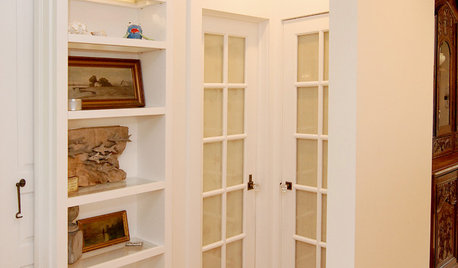
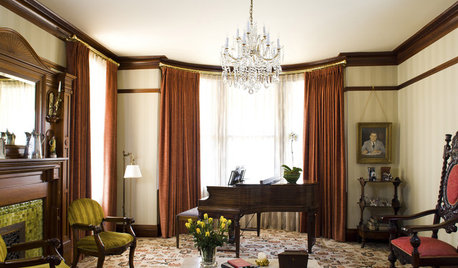
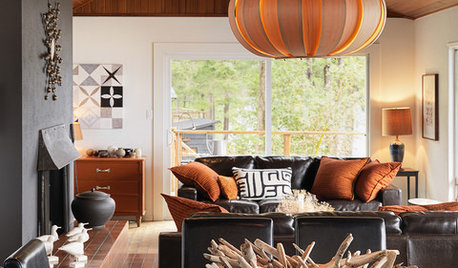
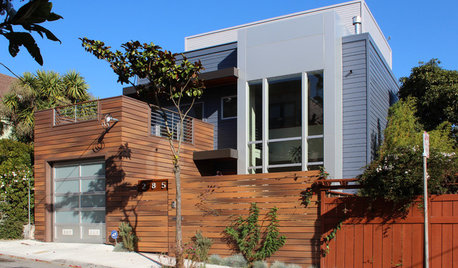
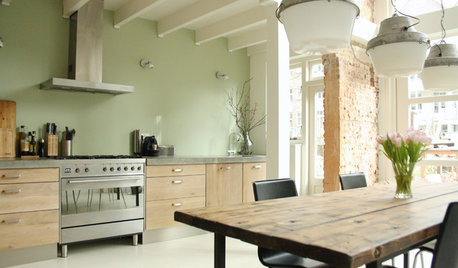
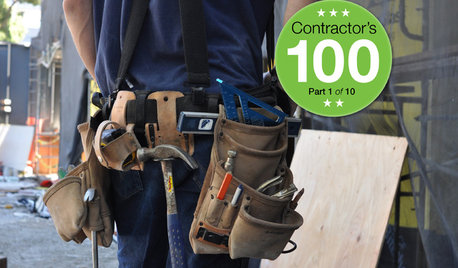
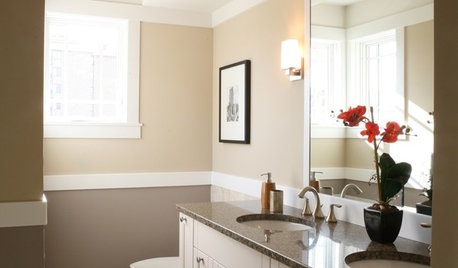
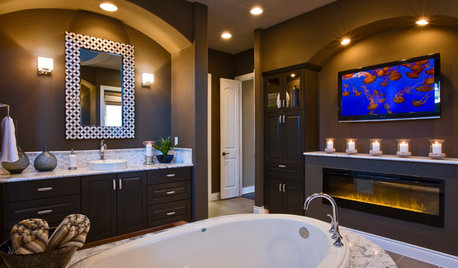

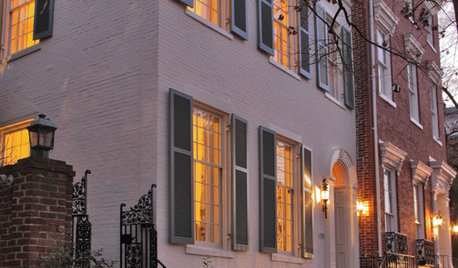






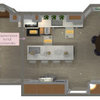
renovator8
Betsey ThompsonOriginal Author
Related Professionals
Wood River Kitchen & Bathroom Remodelers · Avondale Kitchen & Bathroom Remodelers · Cocoa Beach Kitchen & Bathroom Remodelers · Rochester Kitchen & Bathroom Remodelers · West Palm Beach Kitchen & Bathroom Remodelers · Shaker Heights Kitchen & Bathroom Remodelers · Mount Laurel Interior Designers & Decorators · Gainesville General Contractors · Jericho General Contractors · Little Egg Harbor Twp General Contractors · Montclair General Contractors · North Lauderdale General Contractors · Plano General Contractors · Saginaw General Contractors · Tamarac General Contractorsrenovator8
brickeyee
Betsey ThompsonOriginal Author
Betsey ThompsonOriginal Author
sierraeast
brickeyee
Betsey ThompsonOriginal Author
sierraeast
Betsey ThompsonOriginal Author
brickeyee
Billl
con_j
Betsey ThompsonOriginal Author
con_j
renovator8
brickeyee
newtoremodel
Betsey ThompsonOriginal Author